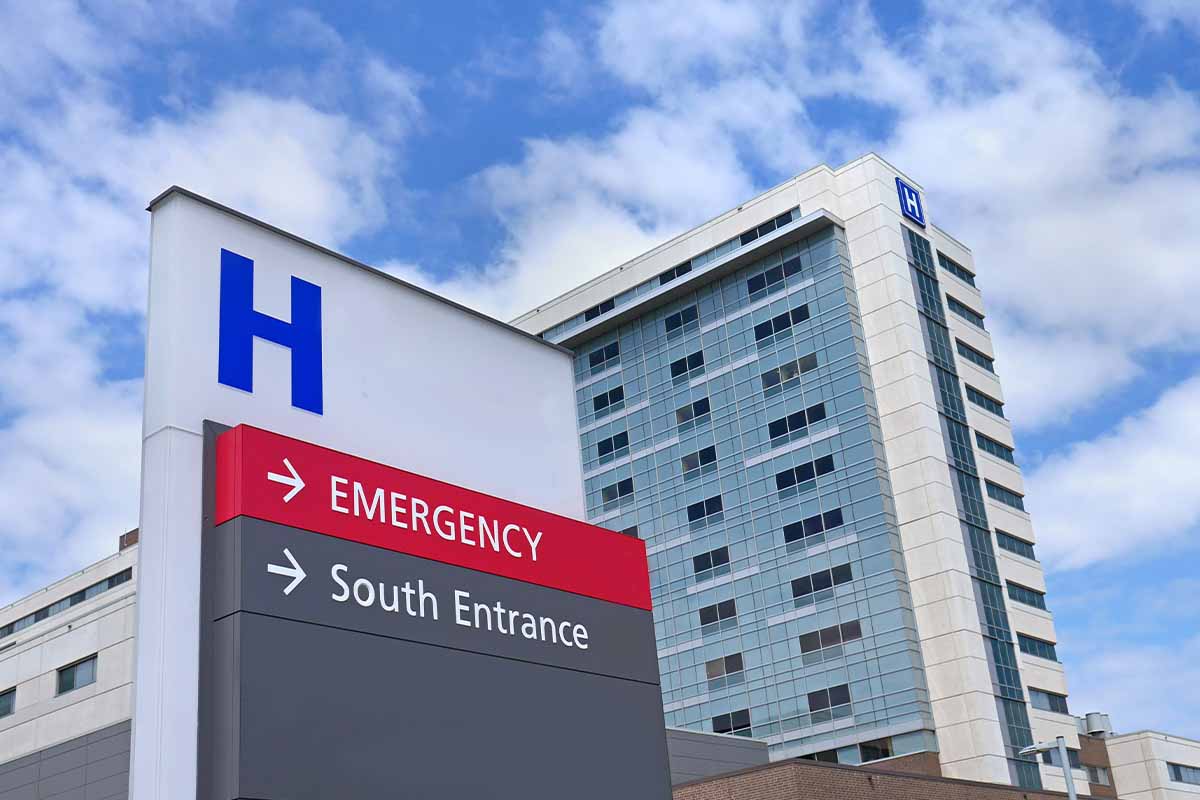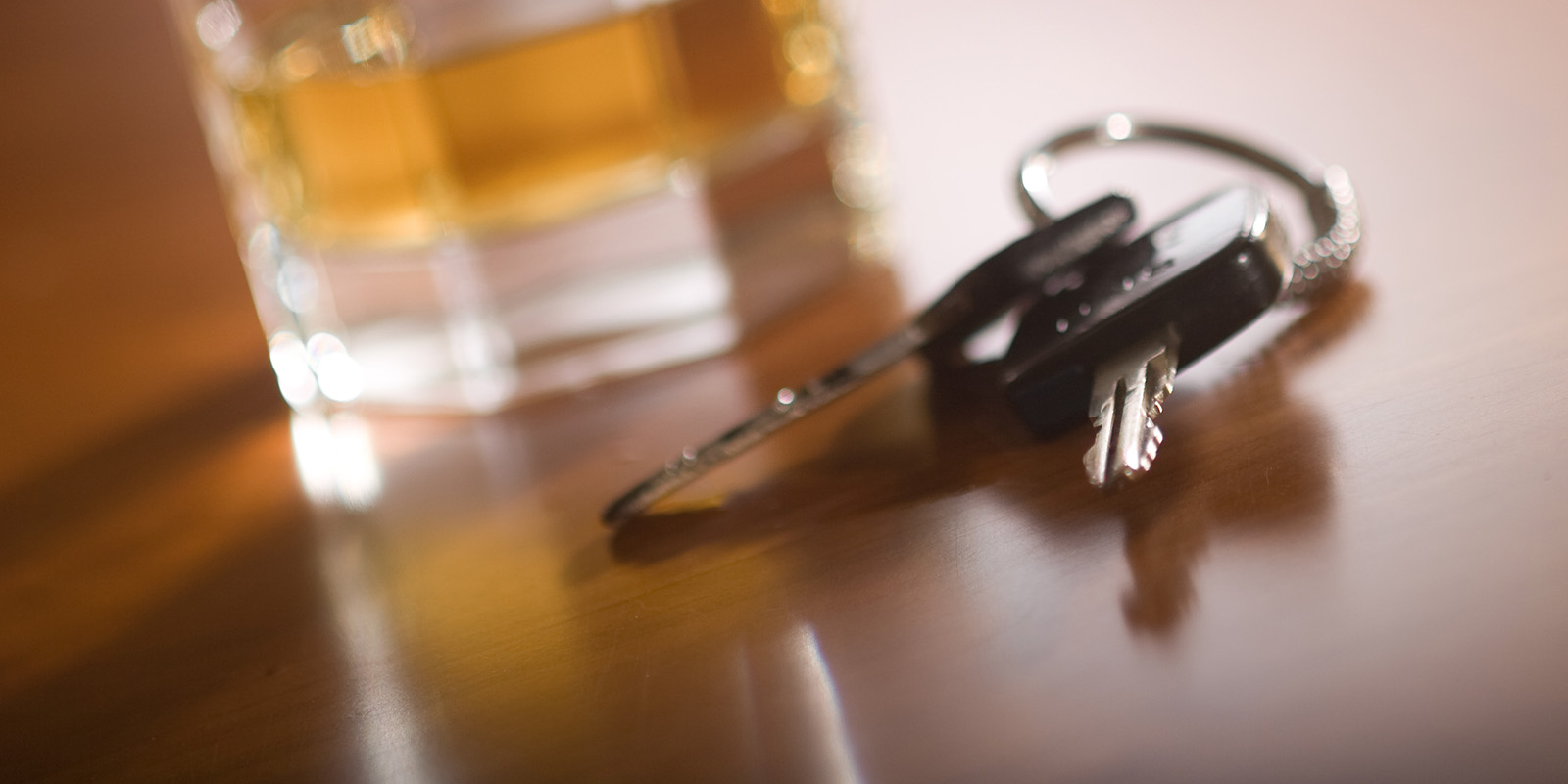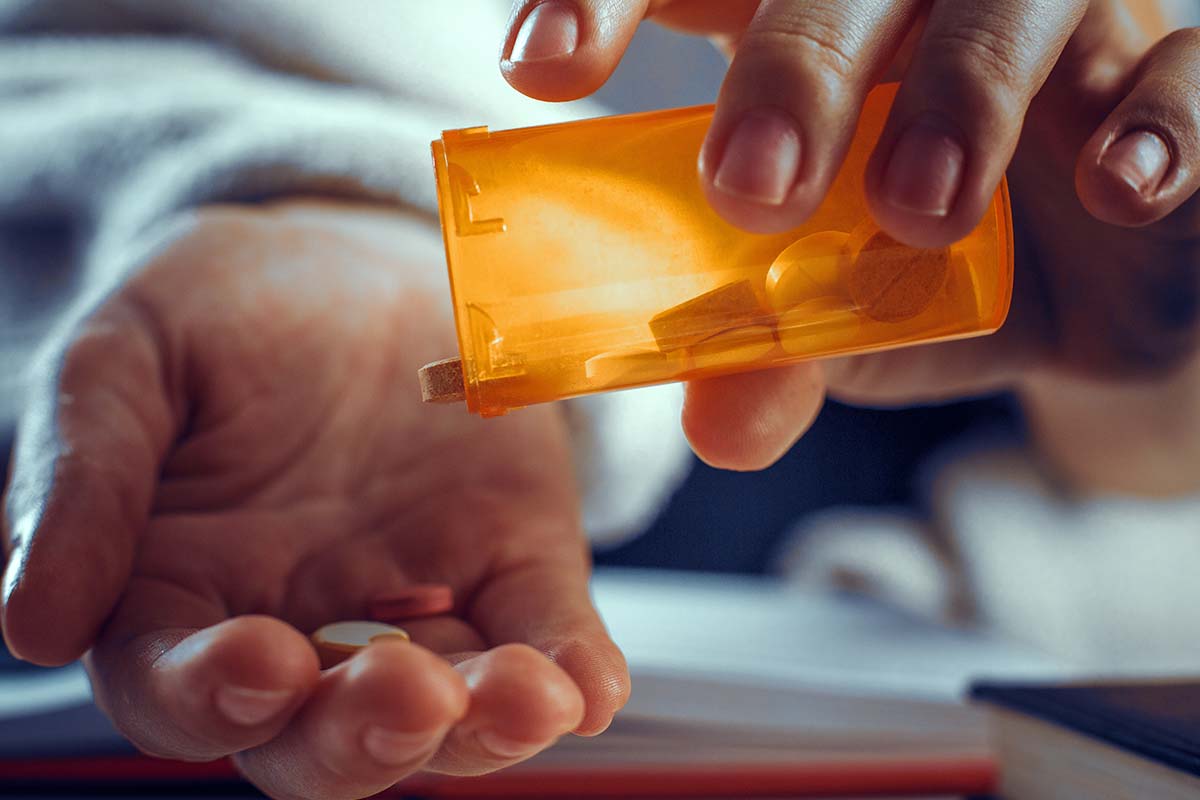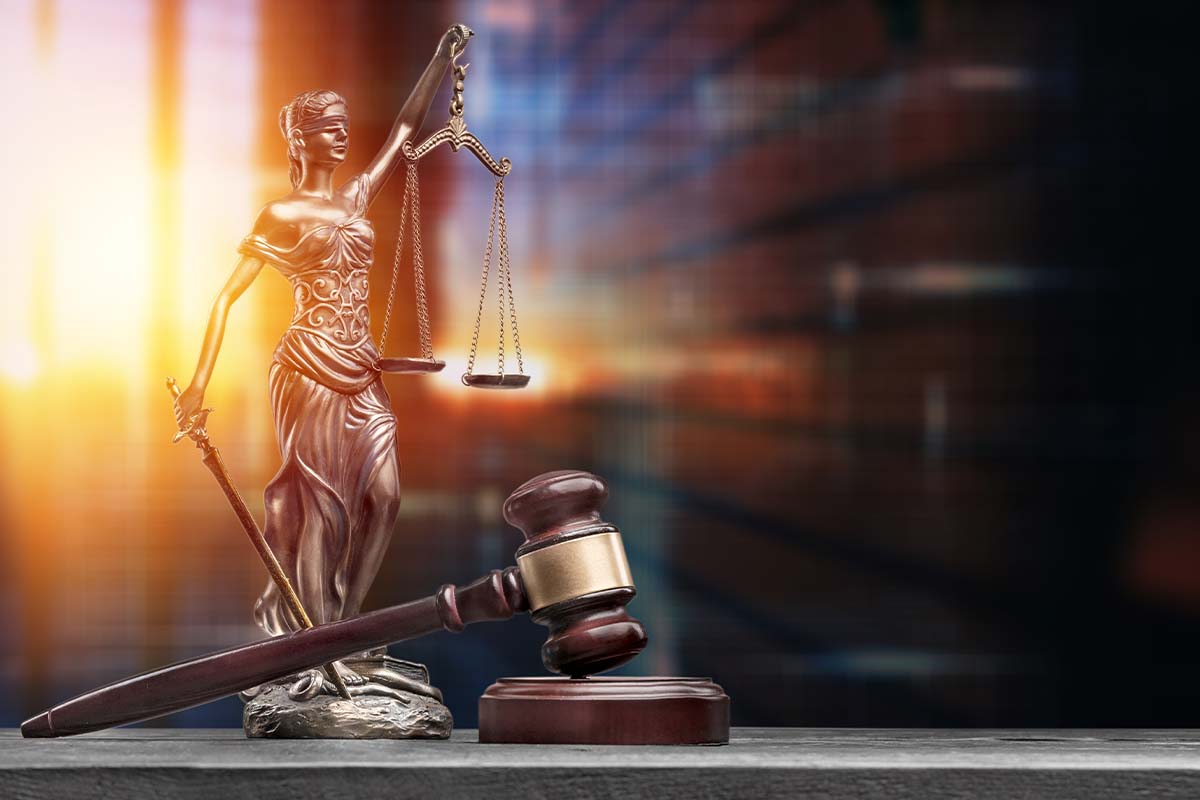Hospital negligence is a scary thought. When you have a routine treatment or medical emergency, you should be able to trust that your hospital will treat you with the proper care. Unfortunately, negligence in hospitals happens more than it should. If you have suffered from hospital negligence, you have legal options.
What Exactly Is Hospital Negligence?
Hospitals owe their patients a duty of care. They are responsible for hiring skilled and experienced medical professionals to ensure their patients receive the proper care. This makes hospitals responsible for the actions of the doctors, nurses, and other medical professionals they employ.
When you suffer harm due to a medical professional’s mistake, you may be able to hold the hospital partly or entirely responsible for medical malpractice.
Negligence in hospitals can be defined as negligence that occurs in a hospital due to an omission, error, or careless act of a hospital employee. Hospital negligence often occurs when medical professionals commit an error or act of negligence. Such professionals include:
- Doctors
- Nurses
- Pharmacists
- Anesthesiologists
- Radiologists
- Chiropractors
- Psychiatrists
- Gynecologists
- Rheumatologists
- Physician assistants
- Hospital administration
Negligence occurs when the medical professional or hospital fails to fulfill their professional duties.
Examples of Hospital Negligence
There are many reasons for suing hospitals for negligence. Hospital negligence can result in the patient suffering from severe injuries and insurmountable medical expenses.
Examples of hospital negligence may include the following:
- Understaffed hospitals or medical departments like emergency rooms can result in patients receiving an inadequate standard of care.
- Overworked medical staff can accidentally make a medical error they usually would never make.
- Insufficient medical supplies and equipment can cause medical professionals to delay or deny treatment.
- Careless medical staff can make mistakes when filling out medical records or charts, resulting in incorrect readings of diagnostic tests or wrong medical treatment.
- Distracted medical professionals can administer the wrong medications or make other medication errors.
Why You Need a Lawyer to Sue a Hospital for Negligence
If you have been the victim of hospital negligence, you should strongly consider hiring a lawyer to help you file a personal injury claim. However, when you file a lawsuit against a large institution like a hospital, having competent and experienced legal counsel on your side is even more critical. Remember, hospitals tend to have in-house lawyers to fight lawsuits like yours.
There are many reasons why having a lawyer on your side can make a significant difference in hospital negligence cases. Here are four of the most important reasons.
They Know What’s Required to Prove Medical Negligence
Your hospital negligence lawyer knows what is required to prove medical negligence. Proving this claim comes with specific elements that your lawyer will use, like a checklist. They will understand which elements must be proven to win your claim or reach a successful settlement with the hospital.
There are specific standards to which you must prove these elements; some are more rigorous than others. Your lawyer will have a deep understanding of these requirements and how to prove the necessary elements to your lawsuit for hospital negligence.
Sometimes the only proof that you can acquire is questionable. This means it may or may not stand up in court. This is less than ideal. In such situations, your lawyer may suggest reaching an out-of-court settlement with the hospital. Depending on their offer, offsetting the risk of going to court may be the most favorable option.
In these situations, your lawyer will carefully explain the situation and your options in a way that makes sense to you. They will offer their professional opinion, but you will ultimately decide how to proceed.
They’ll Speak With Insurance Companies
Your lawyer will act as the intermediary between you and the insurance companies. This has several benefits, including the following:
- You will avoid the stress of speaking directly to the insurance companies.
- You will not be bullied by insurance company representatives incentivized to pay you as little as possible.
- Your lawyer will probably settle the issue more efficiently.
- You can focus on your recovery.
Each of these is an excellent reason to have your attorney handle the communication with the insurance companies.
They Know How To Negotiate Fair Compensation
Your lawyer will have seen similar cases to yours. They will know what their previous clients received in court orders and settlements. They may have even helped file claims against the same hospital. After carefully reviewing your case, they will understand the fair compensation range for your hospital negligence claim.
Once they know what a fair compensation package would be, they will begin negotiations to get you an acceptable settlement. If the hospital offers lowball settlements or refuses to settle, they will take your claim to court and advocate fiercely for your rights.
They’ll Handle All of the Paperwork
Legal paperwork is not only tedious, but it can be particularly daunting. One mistake can sink a case or set it back months or years. When you hire a hospital negligence lawyer, they will ensure that all the paperwork is completed correctly and filed on time. This drastically reduces the chances of errors and missed deadlines.
Hospital negligence claims have a statute of limitations attached. This means you only have a limited time to file your claim. Even if your deadline is looming, your attorney can help to file your lawsuit for hospital negligence before it becomes time-barred.
By taking the paperwork off your hands, you will have more time to focus on what matters — your family and your recovery.
Request a Consultation With a Medical Malpractice Lawyer
If you have been injured in a hospital negligence event, you have rights. You may be able to recover monetary damage awards to help you cover the cost of your losses. This can help you cover your medical expenses, lost wages, and future expenses. Additionally, you may be able to recover damages for your noneconomic losses, like pain and suffering or loss of enjoyment.
Take action and request your free consultation with a medical malpractice lawyer who can help.









